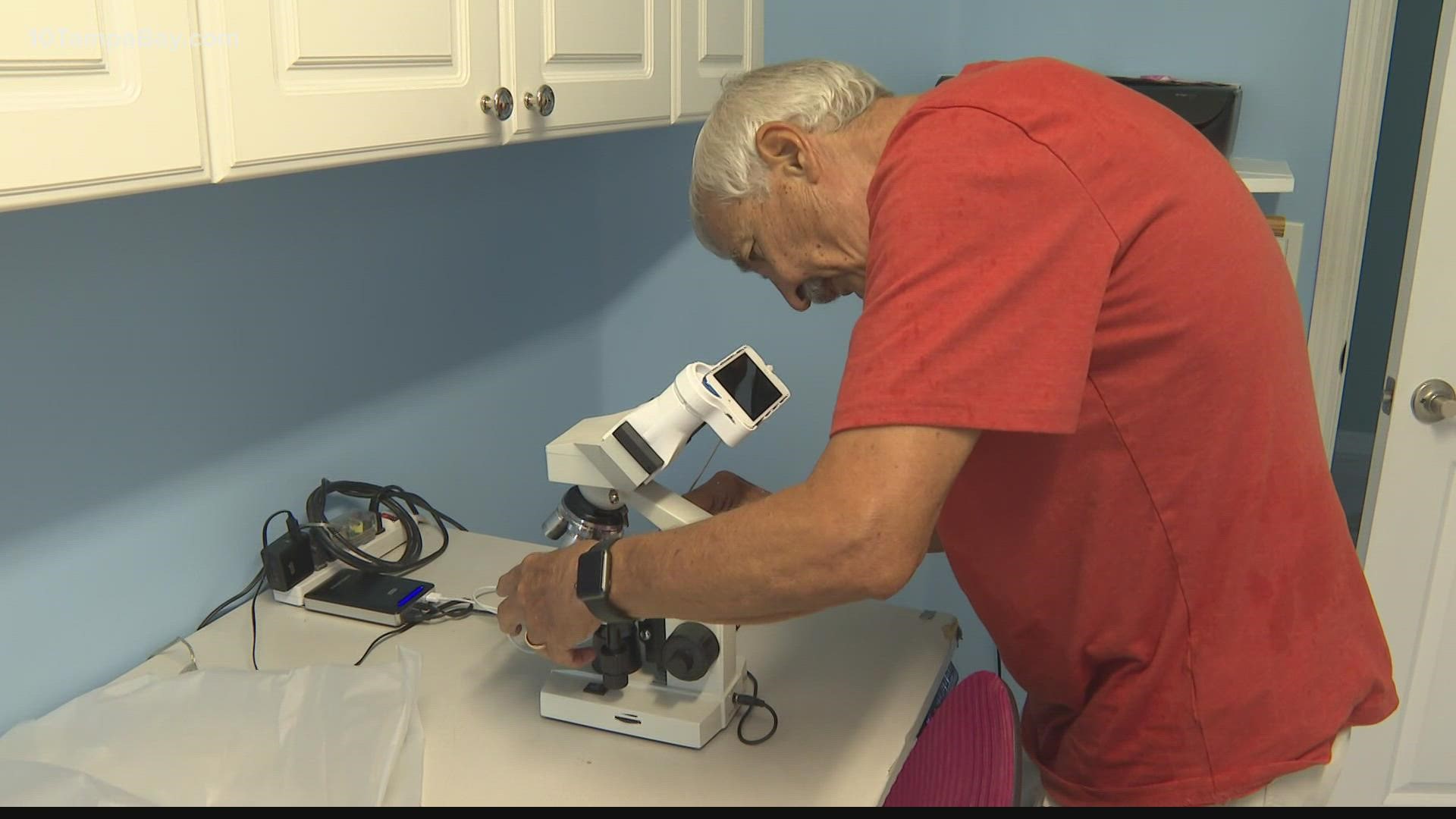ST. PETERSBURG, Fla — Red tide conditions have improved over the last week, but there are still parts of the Tampa Bay area that are dealing with the harmful algae bloom.
As of Monday, workers across Pinellas County have removed 1,751 tons of dead sea life. That's more than 3.5 million pounds.
Daily samples from the Florida Fish and Wildlife Conservation Commission show red tide still impacting the bay area - with Pinellas County getting the brunt of the harmful algae bloom. The most recent samples show high levels of red tide off the coast of Pinellas, near St. Pete Beach and Clearwater. High levels were also detected in and around Longboat Key.
To report a fish kill to the Florida Fish and Wildlife Conservation Commission (FWC), call the hotline at 800-636-0511. For more resources, click here.
You can also find different resources to check beach conditions here.
Red tide is one of the water's deadliest enemies, and it occurs nearly every summer along Florida’s Gulf Coast. Some years, however, it's worse than others.
According to the National Oceanic and Atmospheric Administration, "red tide" is a harmful algal bloom or HAB, that is created when plants in the sea grow out of control and cause harmful toxins. Those toxins can have negative impacts on people, marine mammals, birds, fish and shellfish.
In Florida and the Gulf of Mexico, the species responsible for most red tides is called Karenia brevis, and is often abbreviated as K. brevis.
NOAA scientists say that although it's rare, red tide can cause human illness and in some rare cases be deadly.
Experts at Florida Fish and Wildlife Conservation Commission say the toxic chemicals that come from red tide affect both marine organisms and humans.
Karenia brevis produces brevetoxins that can affect the central nervous system of fish and other vertebrates, which causes these animals to die.

